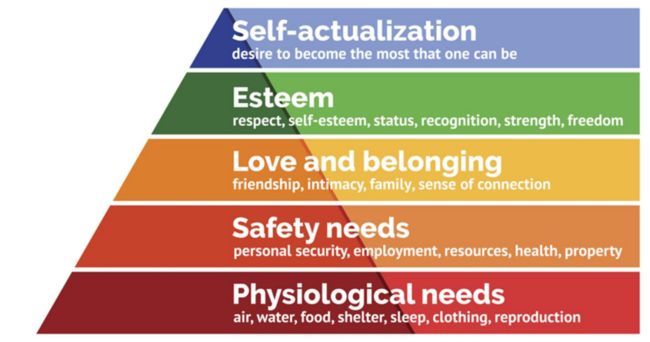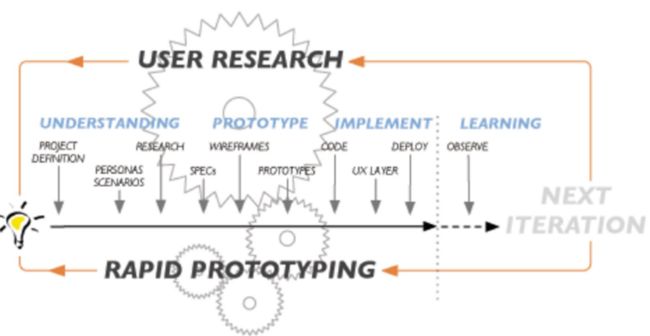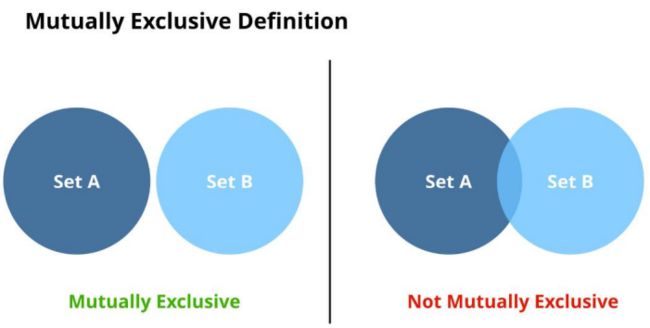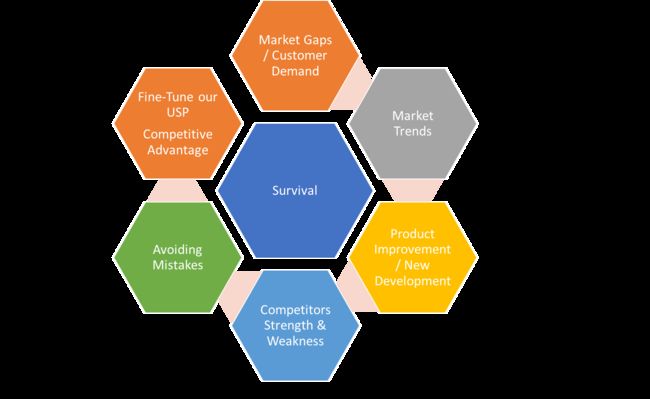【学习笔记】Cutting-edge Practice innovation and Entrepreneurship
I. Opportunity Identification & Solution Development
Agenda
- Illustrate what design thinking is (key steps)
- Describe the role of empathy map
- Understand needs, wants and demands
- Understand the goal and importance of prototypes
- Elaborate the real practice of design thinking
- Apply design thinking in your group project
1. Design Thinking
1.1 Empathize: Study the values of your users
- Observe: Watch users go about their business.
- Engage: Interview and interact with users.
- Immerse: Put yourself in their shoes.
 Empathy Map
Empathy Map 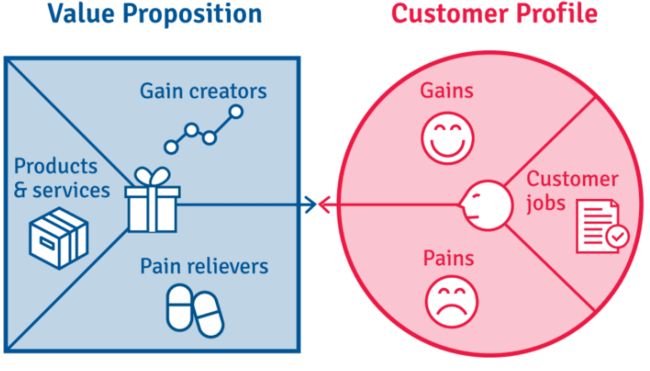 Value Proposition Canvas
Value Proposition Canvas
1.2 Define—State Your Users' Needs and Problems
Analyze your observations and synthesize them to define the core problems you and your team have identified. These definitions are called problem statements.
1.3 Ideate—Challenge Assumptions and Create Ideas
- The solid background of knowledge from the first two phases means you can start to “think outside the box”, look for alternative ways to view the problem and identify innovative solutions to the problem statement you’ve created.
- Brainstorming is particularly useful here.
1.4 Prototype—Start to Create Solutions.
- This is an experimental phase.
- The aim is to identify the best possible solution for each problem found. Your team should produce some inexpensive, scaled-down versions of the product (or specific features found within the product) to investigate the ideas you’ve generated.
- This could involve simply paper prototyping or mockups.
2. Needs, Wants and Demands
2.1 Maslow’s Hierarchy of Needs
3. Deep Dive: IDEO Shopping Cart Design Process
II. Testing your idea: Qualitative research
Agenda
- Distinguish different types of research
- Understand benefits and drawbacks of different research methods
- Introduce different qualitative research methods
- Practice different interview techniques
- Develop your research plan for your prototype project
- Forecast the market demand for your prototype
1. Market Research Budgets
2. Top 10 market research activities (Source: BMRA)
- Market Measurement 18%
- New Product development/concept testing 14%
- Ad or brand awareness monitoring/tracking 13%
- Customer Satisfaction (inc Mystery Shopping) 10%
- Usage and Attitude Studies 7%
- Media Research & evaluation 6%
- Advertising developing and pre-testing 5%
- Social Surveys for central/local government 4%
- Brand/corporate reputation 4%
- Omnibus Studies 3%
3. Types of Market Research
3.1 Types of Market Research: By Source
- Primary data:Collection of data specifically for the problem or project in hand
- Secondary data:Based on data previously collected for purposes other than the research in hand (e.g., published articles, government stats, etc)
3.2 Types of Market Research: By Objective
- Exploratory: Preliminary data needed to develop an idea further. e.g., outline concepts, gather insights, formulate hypotheses
- Descriptive:Describe an element of an ideas precisely. Answer questions of what, where when and how. e.g., who is the target market, how large is it
- Explanatory:Answer question of why. Test a cause-and-effect relationship, e.g., price elasticity. Done through experiment
3.2.1 The Market Research Process
3.3 Types of Market Research: By Methodology
Benefits of Qualitative Market Research vs Quantitative
- Cheaper:Smaller sample size
- Probes in-depth motivations and feelings:Allows managers to observe (through one way mirror) ‘real’ consumer reaction to the issue - e.g., comments and associations (e.g., Levis) regarding a new product fresh from the labs
- Often useful precursor to quantitative research:Gives the research department a low cost and timely sense of which issues to probe in quantitative research
4. Qualitative Collection Method
- Depth Interview:one-on-one interview
- Focus Group:8-10 participants; Respondents are recruited through a screener questionnaire;Often held in front of two-way mirrors
5. Qualitative Research
• Depth Interviews • Focus Groups • Projective Techniques • Laddering
5.1 Projective Techniques
- Overcome the limitations of interviewing techniques: People don’t always say what they mean or mean what they say.
- Diagnostic tools to uncover the true opinions and feelings of consumers
- Especially useful for deeply rooted personal motivations or sensitive subjects
- Present an incomplete stimulus, complete it
- Give an ambiguous stimulus, make sense of it
5.1.1 Word Associations
Example: name a brand in your mind that is a
➢Rebel ➢Protector ➢Conqueror
Free Associations: What comes to mind when you think of the brand Tesla?
Follow-up Questions: What do you like best about the brand Tesla? What are its positive aspects or advantages?
5.1.2 Completion Techniques
Completion technique is a projective technique that requires the respondent to complete an incomplete stimulus situation
E.g., When I think of travelling in Thailand, I _____________
5.1.3 Brand Personality
Symbolic meaning brands acquire
5.1.4 Role Playing
Respondents are asked to play the role or assume the behavior of someone else.
Example: If you were CEO, what would you do to improve customer satisfaction?
5.2 Laddering Technique
Hinkle (1965; as cited in Bannister & Mair, 1968) developed the laddering technique as a means of modeling people’s belief structures in a simple, systematic way, establishing individual’s superordinate personal constructs. The technique is well established in the field of psychology but has spread out from there to other areas like marketing, advertising, architecture, information technology, and organizational management to name a few
- Know what features are important and how they relate to customers’ emotions.
- Map out features, functional benefits, higher order benefits, and emotional benefits.
- Advertising and positioning
- Product development and preliminary segmentation
Laddering is a qualitative marketing research technique, which seeks to understand why people buy and use products and services.
- Which feature do you like best?
- What does the feature do?
- What does the functional benefit do for you?
- What does the benefit do for you?
6. Means-End Chain Analysis (1988)
Establish the concrete product attributes, and identity the consequences (physical and psych-social) associated with attributes which help the customers attain his/her values ... and develop/maintain self identity
Example: Tesla Model S
6.1 Example about sports scores on cell phones
- Moderator, “What do you like best about your phone?”
- Respondent, “Getting real-time sports scores” [feature]
- Moderator, “What is important about that?”
- Respondent, “I know what’s happening right away.” [functional benefit]
- Moderator, “What does that do for you?”
- Respondent, “I can tell my friends, as soon as I know.” [higher benefit]
- Moderator, “What does telling your friends right away do for you?”
- Respondent, “I am the go-to guy for sports. My friends expect me to know. It is what we talk about.” [emotional benefit]
Advertisement
Be the leader of the pack [emotional benefit]. Tell your friends about baseball scores before they know [higher benefit]. Be in-the-know instantly [functional benefit] while on the go. Get the X sports phone. It’s the only one with realtime XYZ scores [feature].
7. Data Collection Approach
8. Forecast the market demand for your prototype
- Define the market:Who is your target customers? What is your market positioning?
- Determine the estimation framework (MECE framework)
- Collect and search for the data
- Cross validation
9. MECE framework
MECE stands for mutually exclusive and collectively exhaustive. The MECE principle was invented at McKinsey by Barbara Minto to be used for problem solving and logical problem structuring.
Example: profitability MECE framework
Benefits of MECE
- MECE frameworks are much more efficient.
- MECE frameworks guarantee that you do not miss anything.
- The MECE principle facilitates brainstorming.
III. Competitive Analysis
1. Definition
- A competitive analysis is an assessment of your competitors’ (could also be Industry) products, services and sales tactics, evaluating their strengths and weaknesses relative to your own.
- A competitive analysis will help you see your own unique advantages as well as any potential barriers to growth so you can strengthen your marketing and business strategies. It also keeps your business proactive instead of reactive. Many entrepreneurs operate based on preconceived ideas about their competitors and market landscape, but those ideas may not be accurate or may be out of date.
2. Advantages of Competitive Analysis
3. PESTLE – Pharmaceutical Company
网站链接
市场调查(Market Research)图表数据:Home - Marketing Charts
National Bureau of Statistics of China:National Bureau of Statistics of China
Industry Trend:
Home_iResearch
行行查:行行查 | 行业研究数据库
Technology Industry Report and omnipotent portal: 互联网数据资讯网-199IT | 发现数据的价值-199IT | 中文互联网数据研究资讯中心-199IT
课程版权©限制,禁止搬运转载(大概)

